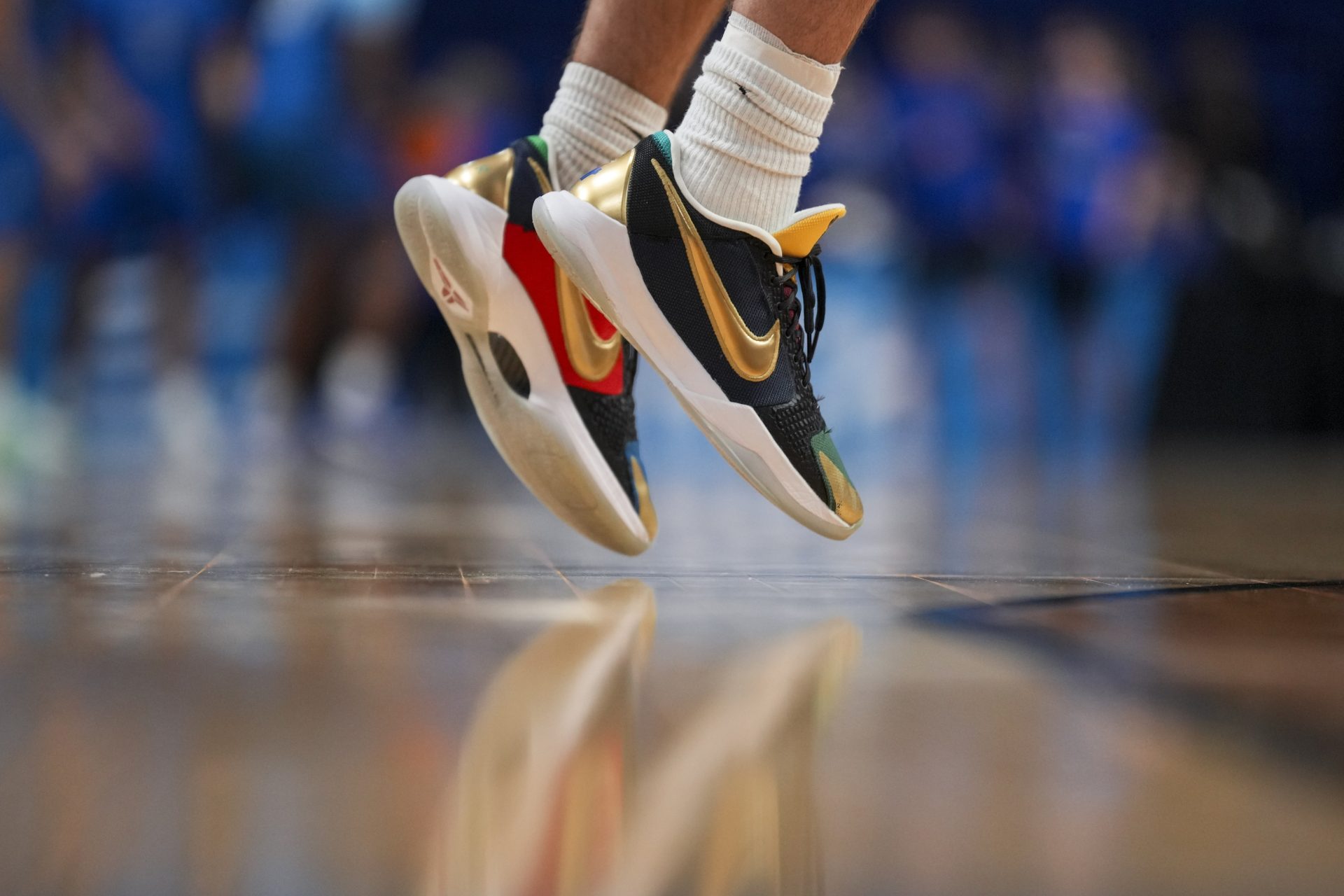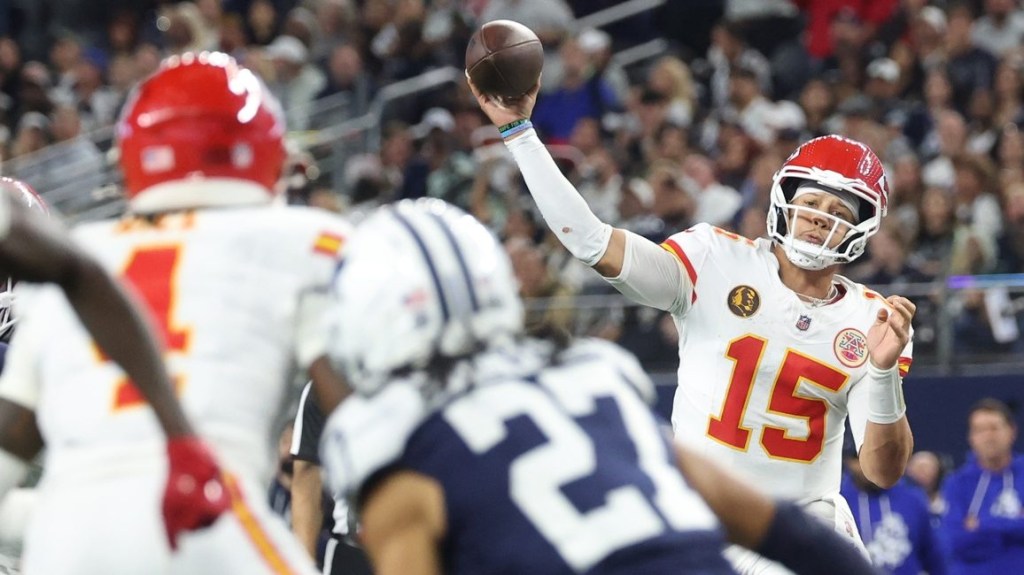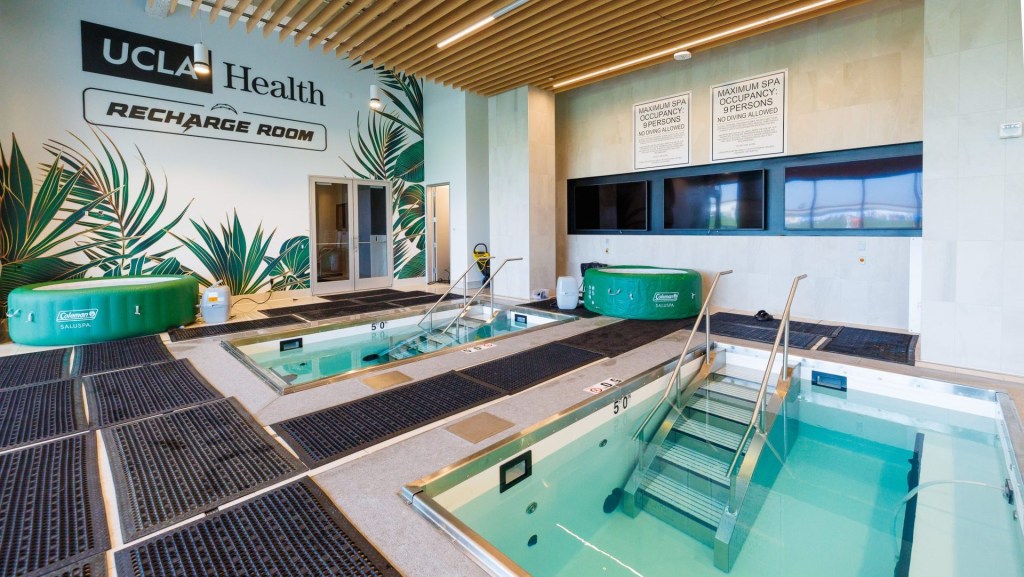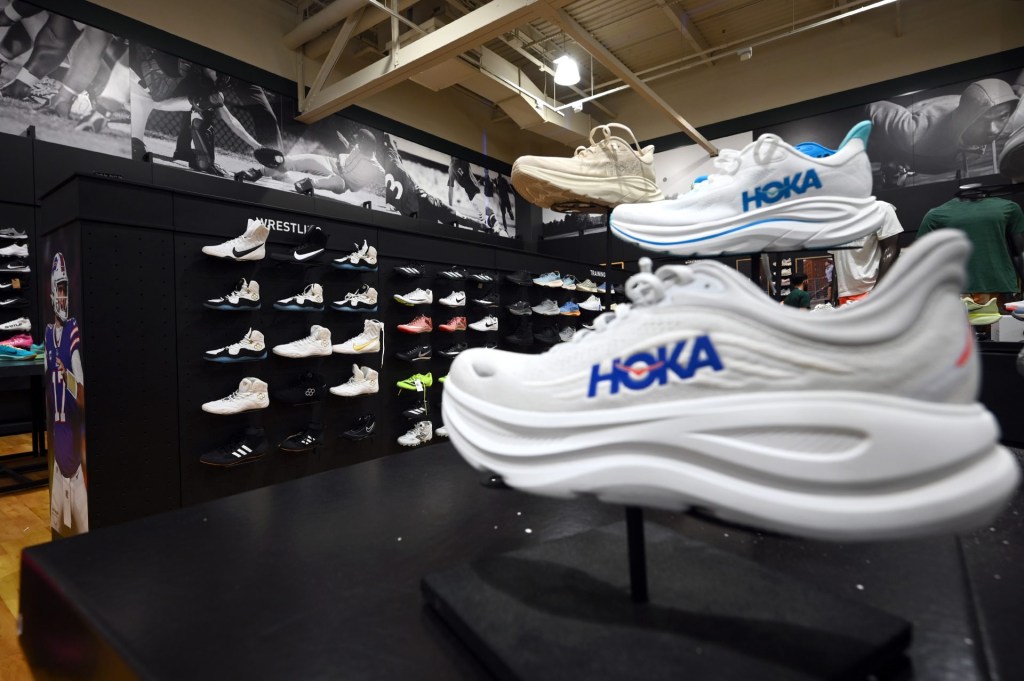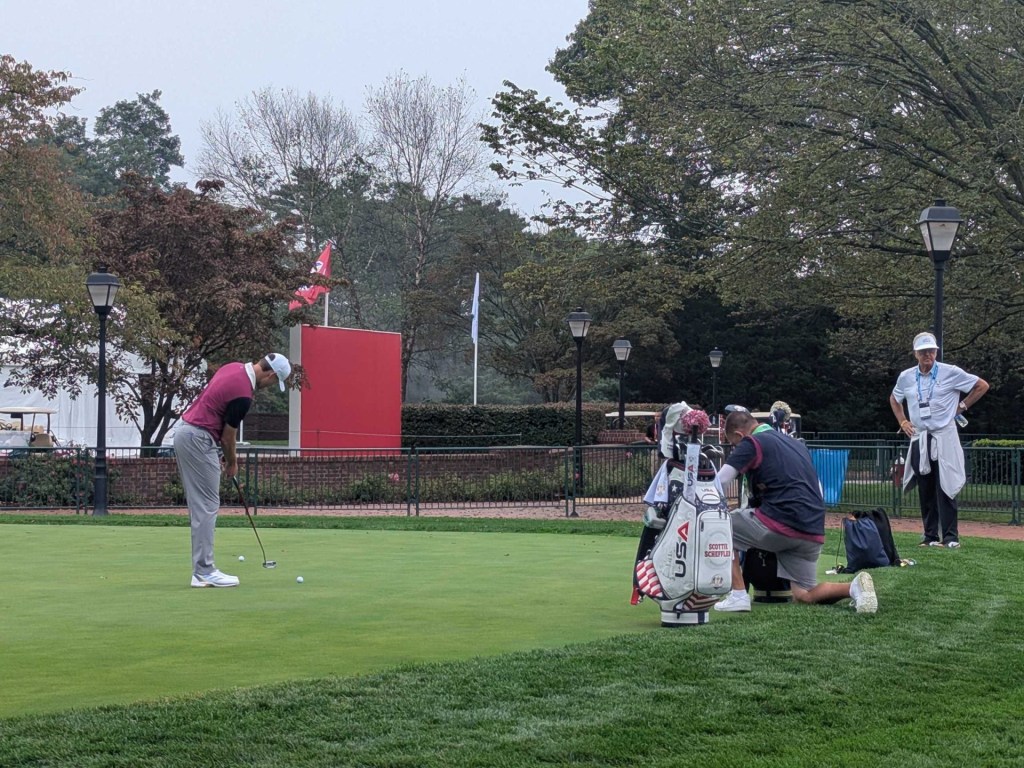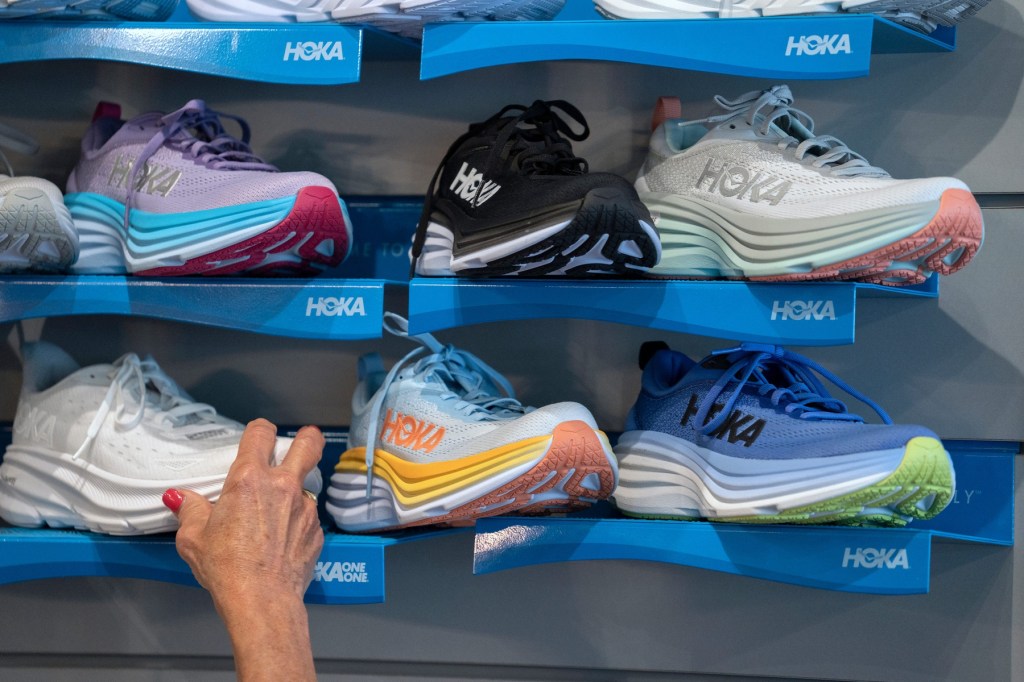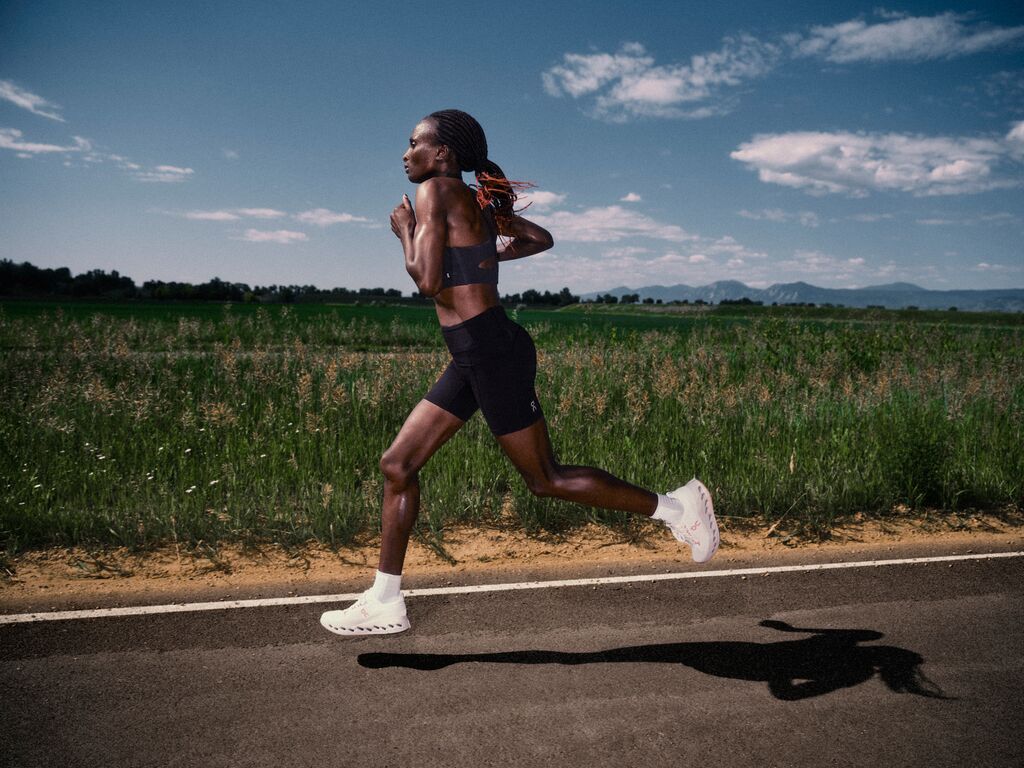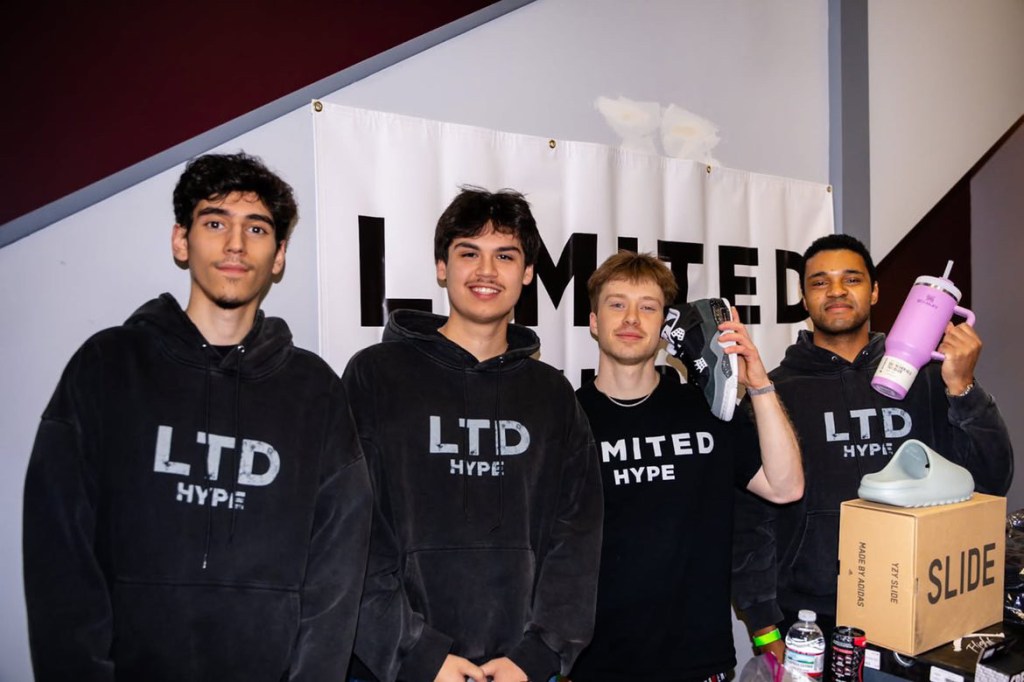Your sneakers may cost more soon.
In a much-anticipated press conference in the Rose Garden on Wednesday, President Donald Trump, who promised to “make America wealthy again,” ran down a list of countries and the tariff rates the U.S. plans to impose on their products. He made a point to say he wouldn’t charge the full reciprocal rate, rather, it’s a “kind reciprocal tariff,” meaning “we’ll charge them approximately half of what they’re charging us.”
Trump announced the U.S. will impose a 10%, across-the-board tariff on all imports, and higher rates for nations the administration considers bad actors on trade.
The last time Trump imposed tariffs on imports from China, much of the retail industry responded by reworking supply chains and moving manufacturing operations from China to other countries. Vietnam was the biggest beneficiary of that shift.
Those moves largely prepared retailers for the threats Trump made during his 2024 campaign to hit China with even more tariffs. But the president’s new reciprocal tariff policy distinctly affects the beneficiary of the last round.
Vietnam charges 90% tariffs on U.S. goods, Trump said, so the U.S. will charge the country 46%. Other countries subject to tariffs include Indonesia, Cambodia, Taiwan, South Korea, and more. At $123.5 billion, the U.S. trade deficit with Vietnam is the third largest behind only China and Mexico, Morningstar analyst David Swartz tells Front Office Sports.
This could bubble up into a problem for sportswear companies, as Vietnam has become a major sourcing country for Nike, Adidas, On, and others. Vietnam “has largely replaced China as the main sourcing country for athletic footwear imports. I don’t think even multinationals like Nike can completely avoid tariffs on imports from Vietnam,” says Swartz.
“It is complete nonsense for Trump to say that Vietnam or any other government pays the tariffs. They are paid by companies, and these companies often pass on the extra cost to consumers as much as they can. However, tariffs could hurt Vietnam and other countries economically because companies like Nike may move production elsewhere to avoid paying them, if possible,” Swartz said.
Trump has said tariffs are meant to boost U.S. manufacturing. But economists generally agree tariffs function as a tax on companies and ultimately consumers. Typically, companies can respond to tariffs by passing the increased cost to consumers, absorbing it, or negotiating with their suppliers. Either way they are aware of the risks that come with basing a significant portion of their manufacturing in a handful of countries.
“As a rule of thumb, every 10% in tariff exposure results in a low-single-digit increase in prices,” says Telsey Advisory Group retail analyst Cristina Fernández.
Of all the major sportswear companies, Nike probably has the biggest exposure to Vietnam.
For fiscal 2024, factories in Vietnam, Indonesia, and China manufactured approximately 50%, 27%, and 18% of total Nike footwear, respectively, according to its latest annual report.
Factories in Vietnam, China, and Cambodia made about 28%, 16%, and 15% of Nike apparel, respectively. Nike shares fell more than 6% in after-hours trading.
Nike acknowledged trade-related risks in its report, saying “changes in, and responses to, U.S. trade policies, including the imposition of tariffs or penalties on imported goods or retaliatory measures by other countries, have negatively affected, and could in the future negatively affect, U.S. corporations, including Nike.”
Lululemon also counts Vietnam as its top supplier. As of 2023, 42% of its products were made there, with 16% in Cambodia, 11% in Sri Lanka, 10% in Indonesia, and 8% in Bangladesh, and the remainder in other regions, according to its latest annual report.
Adidas is slightly less exposed, but still, Vietnam remained its largest sourcing country, accounting for 27% of total volume in 2024, up from 26% in 2023, according to its annual report. The German sportswear company’s next-biggest sources of manufacturing are Indonesia at 19% and China at 16%.
All of Under Armour’s footwear products were manufactured by “nine primary contract manufacturers, operating primarily in Vietnam, Indonesia, and China,” in 2024, the company said in its annual report.
The picture looks even starker for upstart sneaker brand On Holdings. About 90% of On sneakers were made in Vietnam last year (with the remainder being produced in Indonesia). Meanwhile, about 60% of On’s apparel and accessories were manufactured in Vietnam, 27% in Turkey, 7% in China, and 6% in the rest of Europe. While On is based in Switzerland—and Adidas is German—they’d still have to pay tariffs if their goods are imported to the U.S. from any countries subject to tariffs.
Vietnam is also the top supplier for Amer Sports, which owns several outdoor brands including Salomon, Arc’teryx, and tennis racket and ball maker Wilson. China accounts for nearly 30% of Amer’s global sourcing, Vietnam makes up 39% (Canada and Mexico account for less than 1%), according to Amer’s 2024 annual report.
The company hasn’t publicly discussed a plan of action around tariffs, but it did acknowledge in the report that “trade tensions have continued to escalate in recent years between the United States and the PRC, with each country imposing significant, additional tariffs on a wide range of goods imported from the other country.”
If “broader tariffs were imposed tomorrow, I would expect Amer to implement price increases to offset some of the additional costs,” Morningstar analyst Ivan Su tells FOS. But since the U.S. accounts for only 27% of the company’s revenue, “even in the case of global tariffs, it would not be the end of the world to Amer’s overall business,” he added.
Deckers, which owns the shoe brands Hoka and Ugg, moved most of its footwear sourcing from China to Vietnam (its annual report didn’t specify a more detailed breakdown) and mentioned potential negative effects from shifting international trade policy in its annual report.
The prospect of price increases in the sportswear space should make the industry nervous, given the current economic backdrop and decline in consumer confidence. Last week a Commerce Department report showed consumer prices rose 2.5% in February from a year earlier. It also found that consumer spending increased, but much of the lift came from price increases. Sneaker prices are about 25% higher than they were in 2019, according to Circana.
Last month Nike warned sales will drop by a double-digit percentage this quarter as it still works through inventory backlogs while also recognizing potential headwinds from geopolitical dynamics and new tariffs, among other factors, could upset consumer confidence.
Lululemon reported fiscal Q4 earnings that beat expectations last month, but said it expects sales to slow in 2025. “Consumers are spending less due to increased concerns about inflation and the economy. This is manifesting itself into slower traffic across the industry in the U.S.,” Lululemon CEO Calvin McDonald said on a March 27 earnings call.
